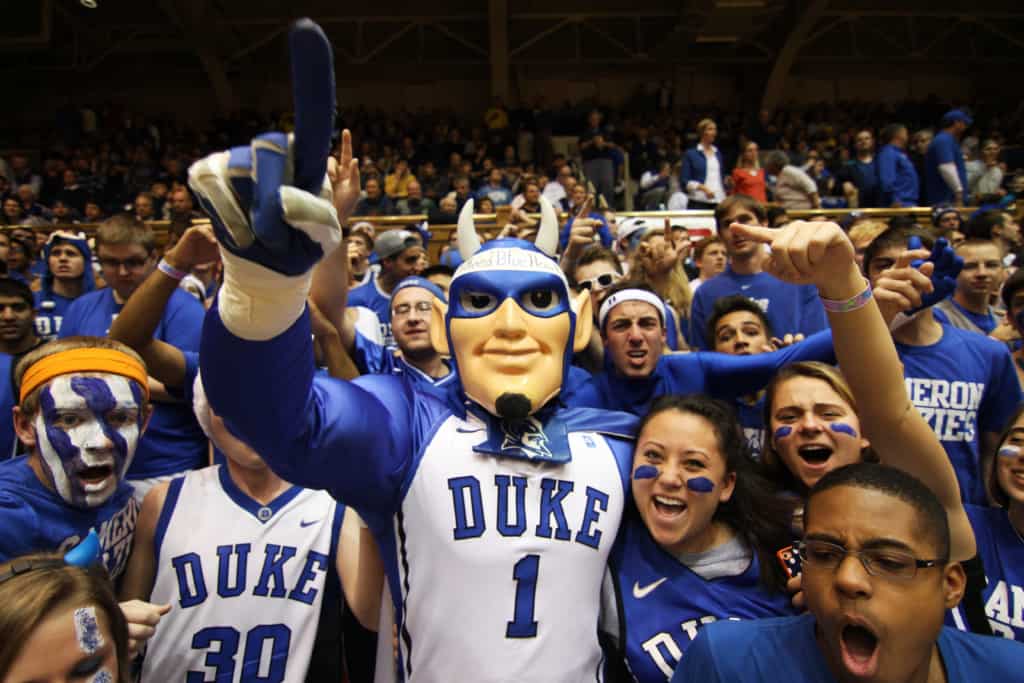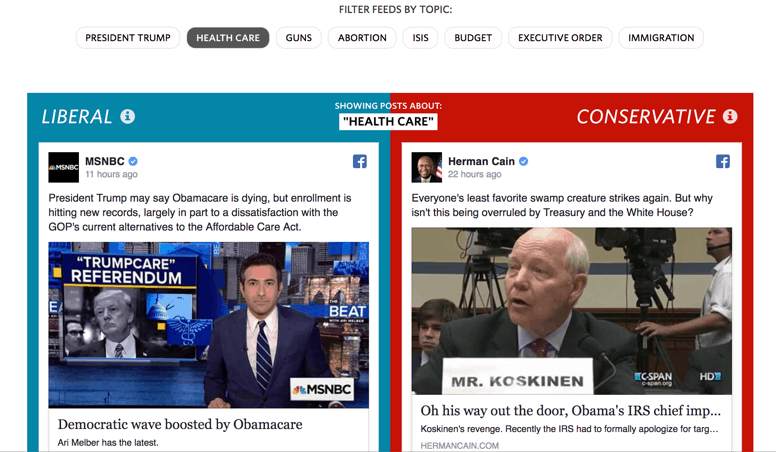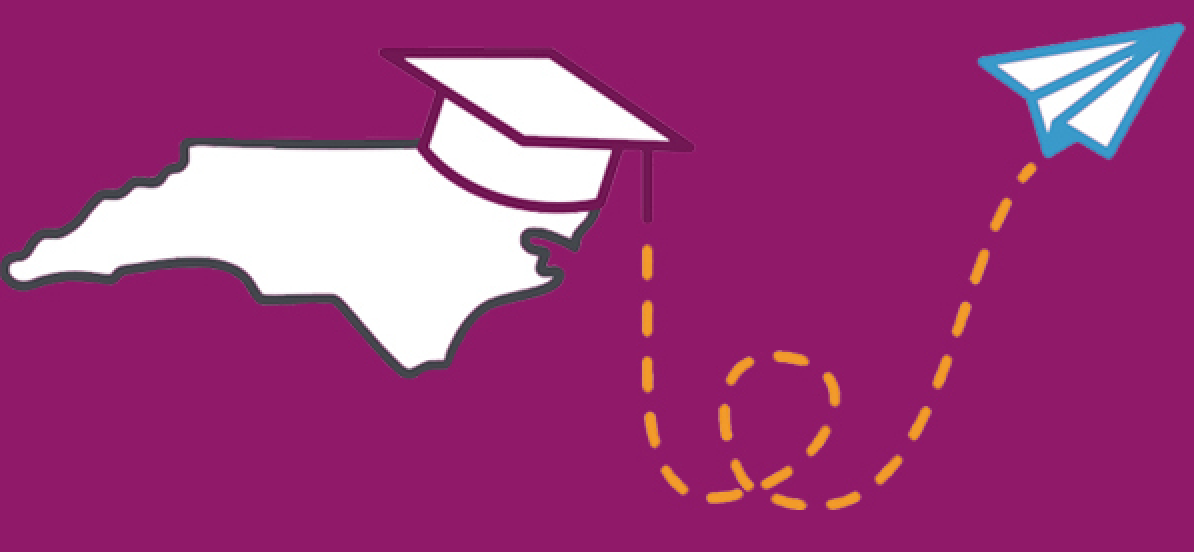
Ilya Somin, a George Mason University law professor and Volokh Conspiracy blogger, has observed that Americans are prone to viewing politics as fans. In a 2006 paper, he compared fans of the New York Yankees and Boston Red Sox to the partisans loving and hating President George W. Bush.
In the current era, political fandom has grown more extreme. Many partisan Democrats view President Donald Trump the same way that some Carolina fans view Mike Krzyzewski: he can never do anything right and is the symbol of the opposition. Alternatively, in the eyes of many Trump supporters, the fact that the President is under consistent and unfair attacks causes them to double down on their support. Does this sound like the reactions to any recent Triangle-based college sports scandal?

Within a single minute, I can bear witness to my favorite team losing a key game, the President participating in a verbal tussle with a newscaster, an update about the status of my favorite TV show, and breaking news about North Korea missile-testing all while shopping for a new pair of sneakers.
Is it any surprise that irrational exuberance we express as fans seeps its way into our citizenship? Is it any wonder that political expressions begin to resembles the banter of thoughtless fandom?
This has the potential to be a tragic conflation. When we oversimplify our decision-making responsibilities as citizens, we become ruled, not governed. We become partial to a “bread and circus” mentality and less interested in participating in our own fates. Our political “team” becomes our monarch and before we know it, our fandom starts to shift towards servitude.
It is time to manufacture our own solutions. Technology has given us the ability to create filters and tools to separate our citizen mind from our fan mind and to create ways and spaces for us evolve. We must invest the time and the energy in supporting these tools and give the market the signals that we want to be engaged rather than satiated.
In the last months, I have noticed three small steps that signal what change can be. First, the New York Times has added a feature, “Right and Left React,” which highlights opposing viewpoints on key issues several times per week. Each post synthesizes the perspectives into a short blurb and provides links to the original source. I encourage all readers, regardless of political persuasion, to try it as an easy way to compare viewpoints.
In addition, the Wall Street Journal has a feature that separates Facebook posts into a liberal “blue” feed and a conservative “red” feed. According to the Journal’s description, “if a source appears in the red feed, a majority of the articles shared from the source were classified as ‘very conservatively aligned’ in a large 2015 Facebook study. For the blue feed, a majority of each source’s articles aligned ‘very liberal.’ These aren’t intended to resemble actual individual news feeds. Instead, they are rare side-by-side looks at real conversations from different perspectives.”

Finally, Amazon has a subtle, new feature in its rating section that verifies that people giving the rating actually purchased the book that they are reviewing. It is not infallible, but it is a good, subtle reminder that sometimes people rate things based on agenda rather than experience.
For me, at least, the tool reminds me to engage the critical reasoning part of my brain and to be more conscious of how I intake the information. It is easy to imagine this sort of technology being used in ways that provide similar critical reasoning triggers for political and public policy information.
I would be remiss if I did not also mention EducationNC’s Reach NC Voices tool. It is designed engage citizens as participants and not just related to education. The goal is to build a feedback loop where citizens can take small, easy actions to provide feedback, which EducationNC can then package as aggregate perspectives like a poll or survey would but to also follow-up on specific threads that lead to a news story.
We need continue to segregate our duties as citizens from other things that pull on our attention. Future civic engagement will not necessarily be through civic clubs and formal organization. It will be through virtual social networks where it is easy to confuse the various parts of our minds and lose track of the civic responsibilities. We must continue to create conscious pathways and subtle triggers that remind us to maintain our critical thinking and, in turn, to more fully engage our responsibilities as citizens.
Weekly Insight Civic Engagement Media & Journalism Reach NC Voices

